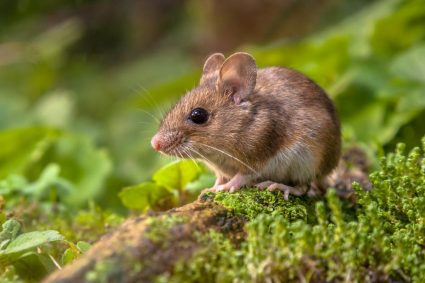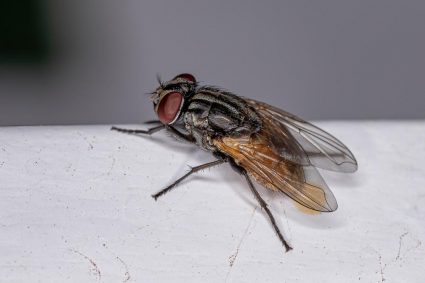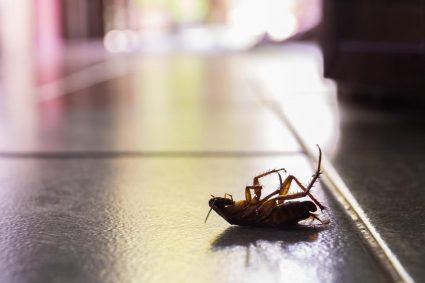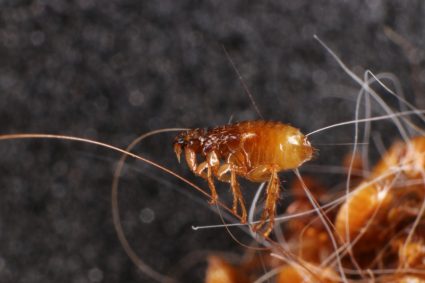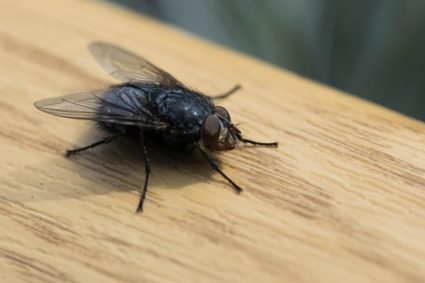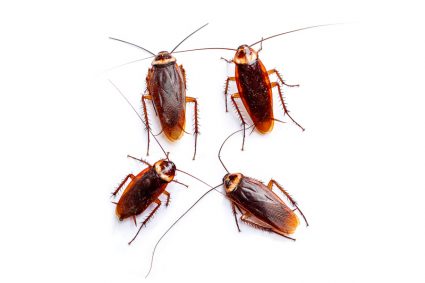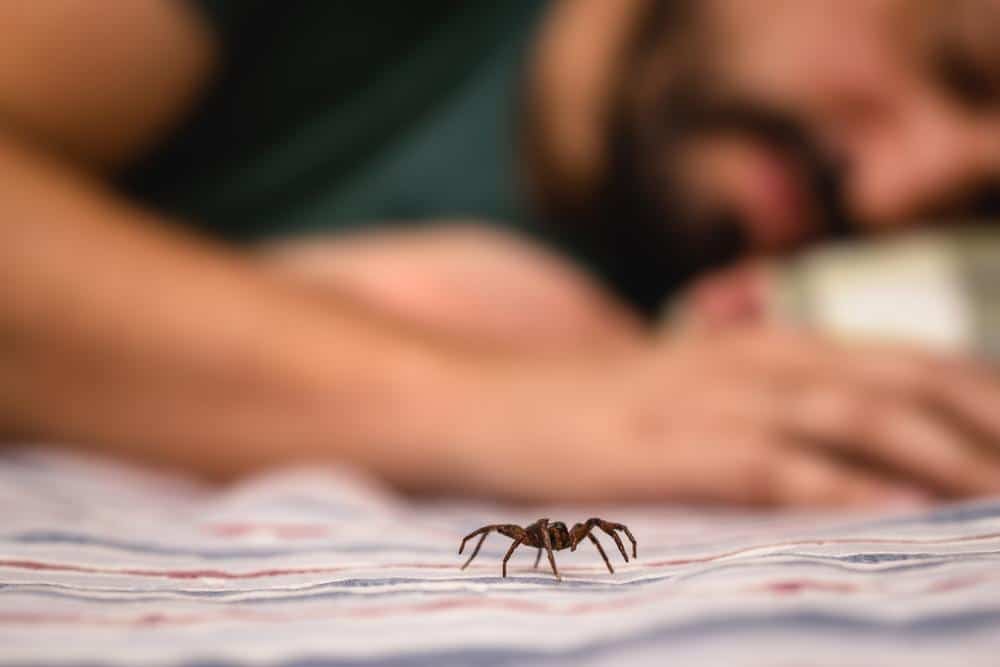
Spiders are a common sight in many yards and gardens and while they generally contribute positively to the ecosystem by controlling other pests, their presence in trees can sometimes become a nuisance. Whether they’re creating unsightly webs or you’re worried about venomous species, there are several effective strategies to keep spiders out of your trees.
To keep spiders out of your trees, regularly maintain your yard by trimming your trees and removing potential spider hiding spots. Minimize moisture in your yard as spiders gravitate towards damp areas. Use natural spider repellents like essential oils and plant spider-repellent plants around your trees. Lastly, ensure vegetation is trimmed several feet from your home to prevent spiders from entering.
Understanding Tree-Dwelling Spiders
Firstly, it’s important to understand why spiders choose to inhabit trees. Trees provide a diverse and complex habitat that supports a higher density of spiders. They offer various structural features, like height, canopy cover, and foliage density, which create an ideal environment for spiders to thrive. Additionally, trees serve as anchor points for spider webs, allowing them to catch prey more effectively.
Common types of spiders found in trees include Brown widow spiders, Golden huntsman spiders, Cat-faced spiders, and Wolf spiders. These spiders are attracted to various trees like oak, pine, cedar, spruce, and maple.
The Problems Spiders Can Cause
While spiders play a beneficial role in the ecosystem by controlling insect populations, they can sometimes pose problems. Some tree-dwelling spiders, such as the Australian funnel-web spiders, have venomous bites which can cause serious health issues. Spider mite infestations can also damage trees by feeding on their chlorophyll, leading to tiny white spots on the leaves and, in severe cases, premature leaf drop.
Creating a Spider-Free Environment
To create a spider-free environment around your trees, you can use a combination of natural repellents, yard maintenance, and strategic planting.
Regular Yard Maintenance
Regularly trim shrubs, plants, and trees, ensuring they don’t touch the side of your home. Remove items that could act as hiding spots for spiders, such as leaf litter, bricks, and flowerpots. Regularly knock down spider webs as spiders won’t want to stick around if you keep tearing down their webs.
Minimize Moisture
Spiders need water and gravitate towards damp areas. Clean your gutters to prevent water build-up and remove items in your yard where water can collect.
Use Natural Spider Repellents
Spiders are repelled by strong scents like peppermint oil, lavender, eucalyptus, and citronella. You can create a natural repellent by mixing 15 to 20 drops of essential oil with water in a spray bottle and spraying it around your trees.
Plant Spider-Repellent Plants
Some plants, such as mint, lemongrass, and eucalyptus, have strong scents that deter spiders. Plant these around your trees to keep spiders away.
Remove Vegetation Near Your Home
Trim bushes, trees, and shrubs so that they’re several feet from the siding of your home. This will help prevent spiders from entering your home and building webs around your trees.
Conclusion
By following these steps, you can create a spider-free environment around your trees and keep them healthy and free from spider infestations. Remember, spiders can be beneficial in controlling other pests, so it’s essential to strike a balance between preventing infestations and allowing spiders to play their role in the ecosystem.
Frequently Asked Questions
What are some other examples of spider-repellent plants?
Apart from mint, lemongrass, and eucalyptus, other spider-repellent plants include marigold, citrus plants, and chrysanthemums. These plants produce strong scents that spiders find unpleasant.
Can I use chemical pesticides to keep spiders away from my trees?
Yes, chemical pesticides can be used to control spider populations. However, they should be used as a last resort because they can harm beneficial insects and pollinators and can have negative environmental impacts. Always follow the manufacturer’s instructions when using pesticides.
How often should I spray the natural repellent?
The frequency of spraying can depend on factors like the severity of the infestation and the weather conditions. Generally, it’s recommended to spray the natural repellent once a week for best results.
Do all spiders in trees pose a threat?
No, not all spiders in trees pose a threat. In fact, most spiders are harmless to humans and play an important role in controlling other pests. However, some species, like the Australian funnel-web spiders, can be dangerous due to their venomous bites.
How can I identify a spider mite infestation?
Spider mite infestations can be identified by the presence of tiny white spots on the leaves of your trees. In severe cases, you may notice premature leaf drop. You may also see fine, silk-like webs on the underside of the leaves.

